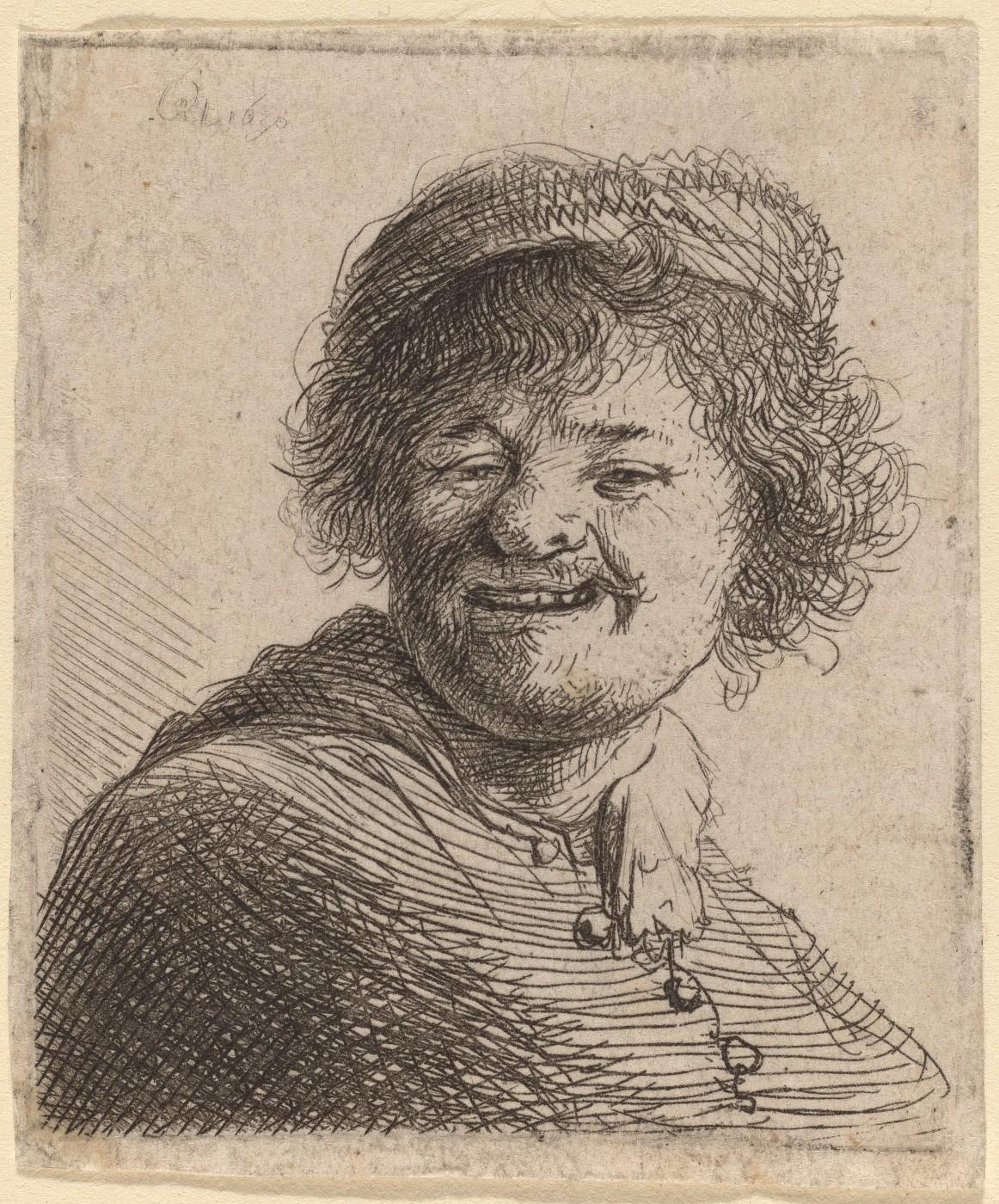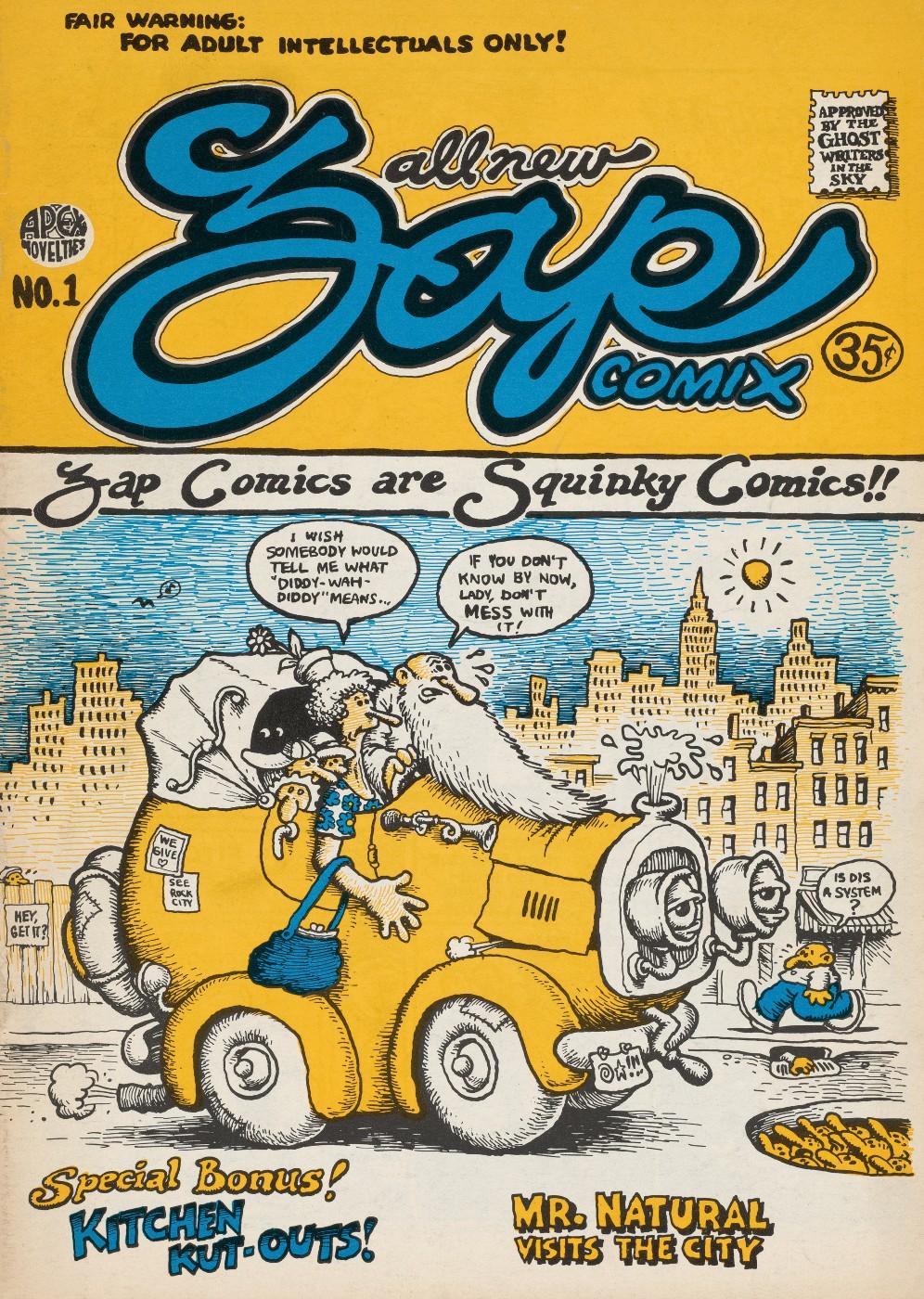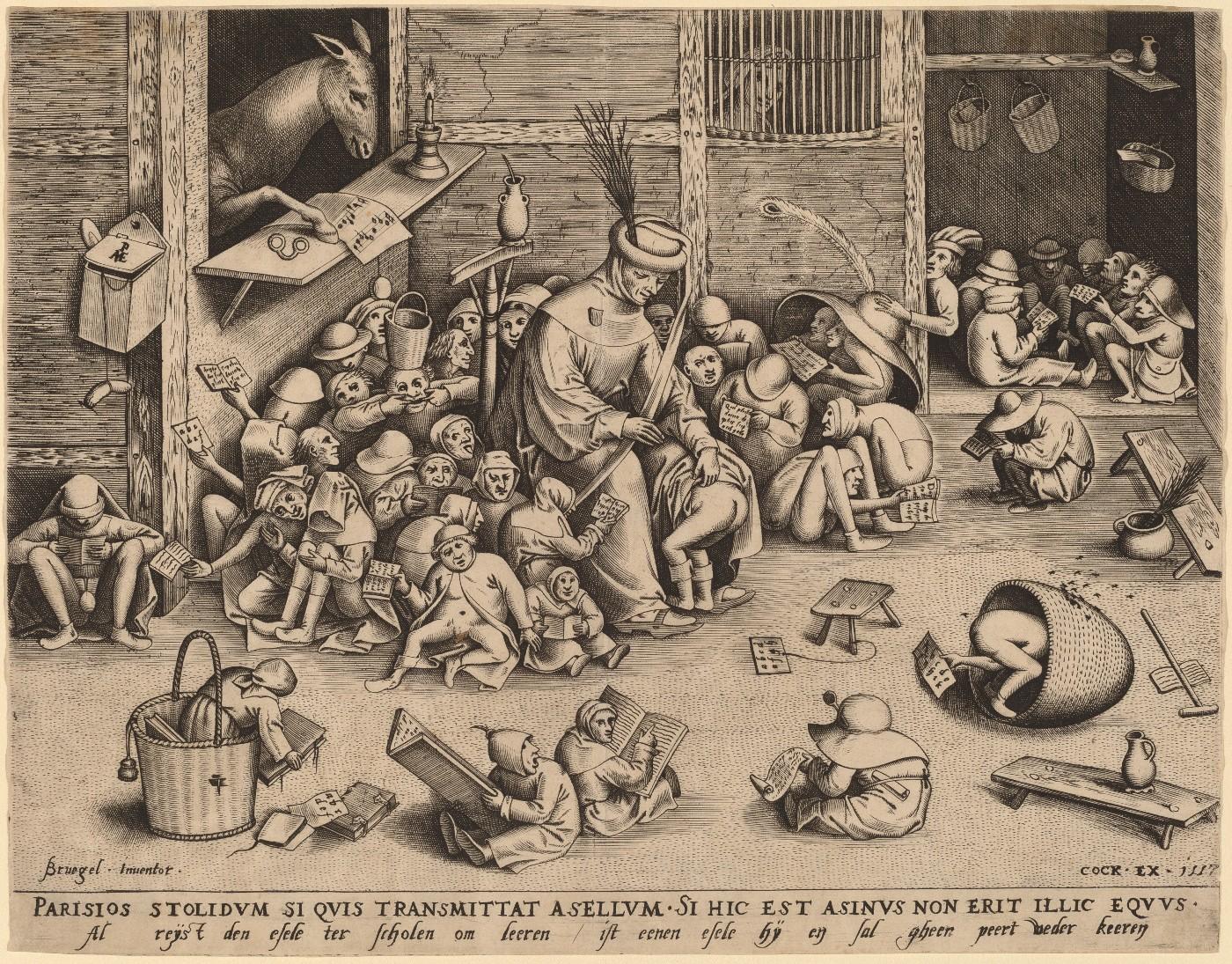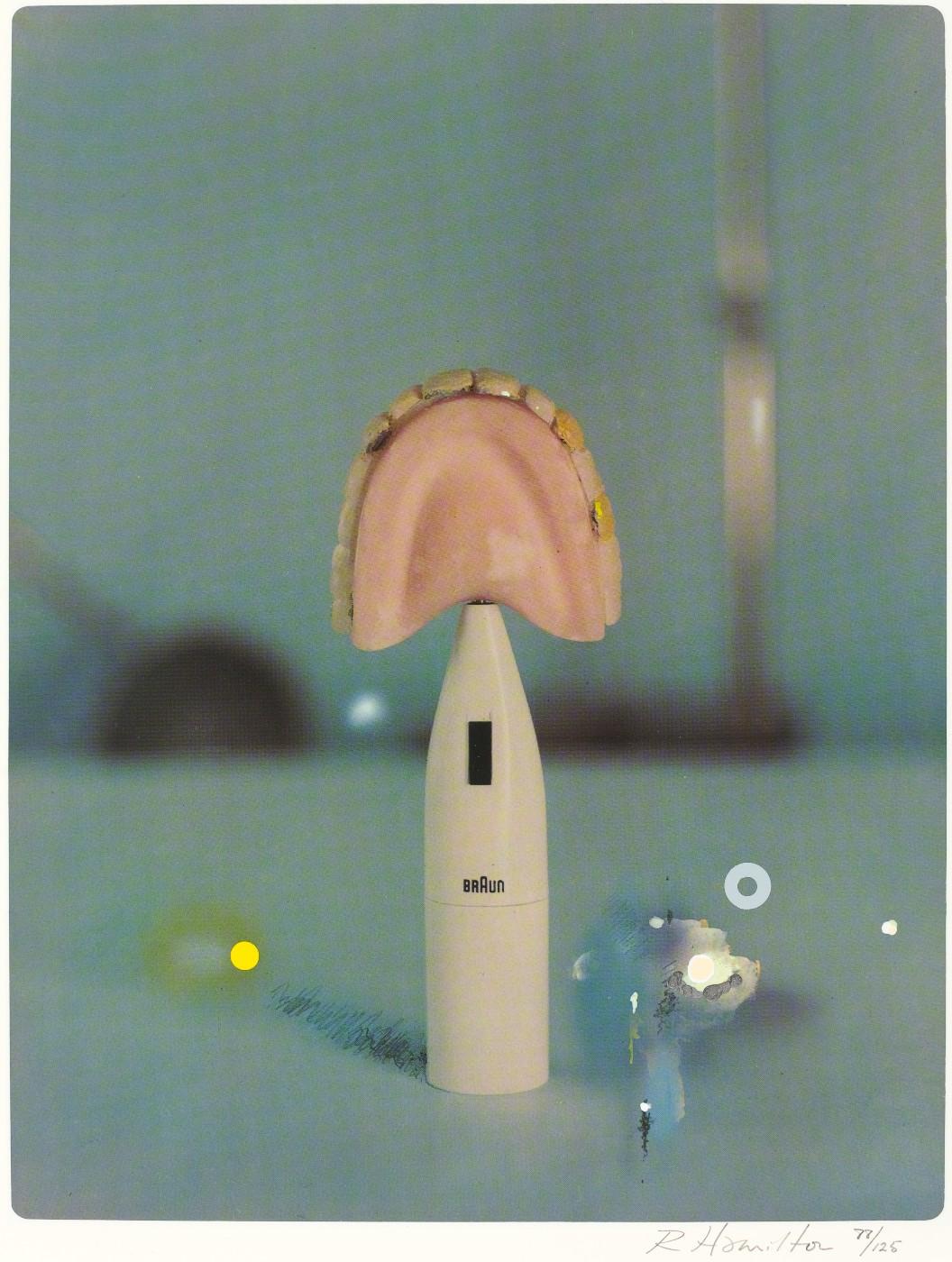"Humor is a fundamental element of the human experience, and has too often been overlooked in the history of art," said Earl A. Powell III, director, National Gallery of Art, Washington. "This exhibition takes a closer look at the many ways comedic works of art—specifically works on paper—have been used to elicit a laugh, make a critique, or reveal a truth. This exhibition would truly not have been possible without the extraordinary depth and breadth of our collection of prints and drawings."
Exhibition Organization and Curators
The exhibition is organized by the National Gallery of Art, Washington.
The exhibition is curated by Jonathan Bober, Andrew W. Mellon Senior Curator of Prints and Drawings; Judith Brodie, curator and head of the department of American and modern prints and drawings; and Stacey Sell, associate curator, department of old master drawings, all National Gallery of Art, Washington.
Exhibition Highlights
The first section of Sense of Humor focuses on the emergence of humorous images in prints and drawings from the 15th to 17th centuries. Satires and caricatures gained popularity during this era, poking fun at the human condition using archetypal figures from mythology and folklore. While not yet intended as caricatures of individuals, Italian works reflected the Renaissance interest in the human figure and emotion. Leonardo da Vinci explored facial features and expressions in drawings like Two Grotesque Heads (1510s). Created by his pupil, Francesco Melzi, the pen-and-ink drawing of an elderly woman and man in profile appears to be more a generic type than a study of an actual figure, but shows the exaggerated features that would come to define caricature. Typical examples from northern Europe include Daniel Hopfer's Bolikana and Markolfus (early 16th century), which derives from the popular story of a clever peasant outwitting a person of higher status and education.
































